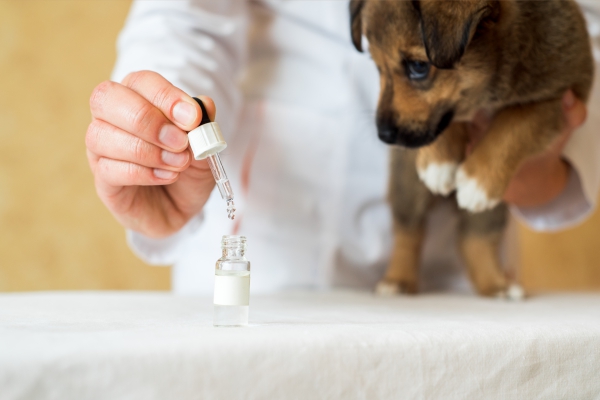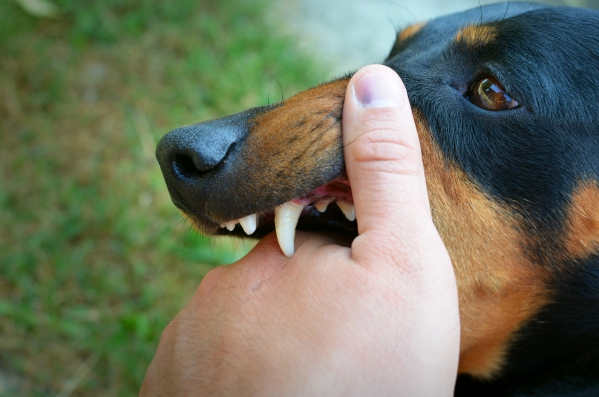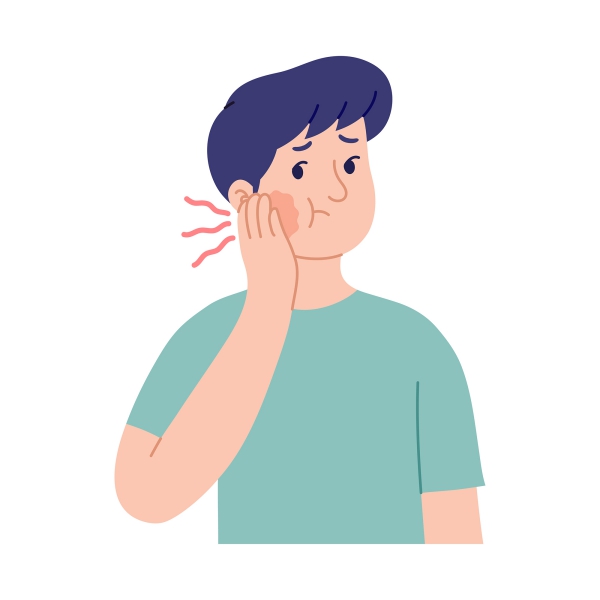What is Rabies?
Rabies is an infectious disease, affecting the nervous system, caused by the rabies virus in the family of Rhabdoviridae. This virus can be transmitted through saliva getting into the body through bites, scratches and wounds. It may also be transmitted through the transplantation of neurologic tissues or other organs. Several animals can transmit rabies through their bites or scratched including dogs, cats, foxes, coyotes, raccoons and bats. Often, bat’s bite may go unnoticed by a sleeping individual. Even if it has not happened yet, it may be possible that the virus is transmitted when an infected human bites a healthy individual.
Rabies is a disease that is almost always fatal, that is resulting in death. It is known to hide from the immune system by developing in the nervous system of the body. Once it infects the brain of animals, it results in an abnormal and aggressive behaviour. The risk of having the disease increases with the number of bites and the location of the bites. It is of utmost importance to seek medical help as soon as you have been potentially exposed to rabies. In the United States, rabies that used to be spread by dogs has significantly decreased due to animal vaccination programs as well as stray animal controls.
What are the risk factors for rabies?
The following factors can increase your risk of having rabies:

- You are more prone to have rabies if you are living or travelling to a country where the disease is prevalent including African countries and Southeast Asia
- Being in close contact with wild animals can increase your risk
- You are at increased risk if you go camping without taking necessary precautions to keep away from wild animals
- You are more prone if you have wounds on your head or neck as this enables the rabies virus to travel quickly to your brain
What are the symptoms of rabies?
Rabies is a potentially fatal disease. Once a person develops symptoms of rabies, chances of survival are minimal. Once the virus enters the body, there is a time period before the onset of symptoms known as the incubation period. This usually lasts for about 20-90 days. This time period depends on the nature and location of the injury. Some people may not even remember the history of exposure at the time of symptoms appearance. At the beginning of the disease, the following symptoms may arise:
- Malaise
- Loss of appetite
- Headache
- Fever
- Chills
- Sore throat
- Nausea
- Vomiting
- Diarrhoea
- Anxiety
- Agitation
- Difficulty to fall asleep or maintain sleep
- Depression
As the disease progresses, the nervous systems gets more affected and the following symptoms may arise:

- Involuntary muscular contractions
- Persistent and painful erections
- Convulsions
- Paralysis
- Agitation
- Hyperactivity
- Restlessness
- Biting
- Confusion
- Hallucinations
- Coma
Furious episodes may be interspersed with calm and lucid periods. In some cases, rabies can completely slow down an individual, as opposed to the symptoms described above. This is the paralytic form of rabies.

How is the diagnosis of rabies made?
At the time of the bite, there is no exact way to know whether the animal had the disease or has transmitted it to you. Later in the disease course, your body may start to produce antibodies against the virus. In some cases, laboratory tests are done to check for the presence of antibodies against the virus. The virus may be found in the saliva or skin by means of special tests, however, this is not usually done as by the time the test is done, the condition may have worsened. In majority of cases, it is recommended to initiate treatment once rabies is suspected before making a definitive diagnosis.
How is rabies managed?
Rabies is a deadly disease. Few people manage to survive from the infection. However, once a bite has occurred, some measures may have to be implemented. Your doctor knows best which treatment suits you best. These include:

- Wound care: Your bite or scratch wound should be thoroughly washed and cleaned as soon as possible with soap and abundant water. This will decrease the likelihood that the virus has entered your body.
- Rabies vaccine and immune globulin: Once you seek medical help, a series of injections may be done to you as they can prevent rabies even after a bite or scratch. This is known as post-exposure prophylaxis. The rabies vaccine stimulates your body to produce antibodies against the causative pathogen. On the other hand, immune globulin already contains antibodies that help to protect against the infection. Side effects from the vaccine are usually mild and include pain at the injection site or low grade fever.
- Delayed treatment: In some cases, the treatment for rabies may be delayed if the exposure occurred with a healthy animal (usually pets). The animal is then put under observation for 10 days. In the meantime, tests are performed with the animal’s saliva. If the animal starts to have signs of rabies, post-exposure prophylaxis should immediately be initiated in the person who has been bitten. If the animal is and remains healthy during the observation period, no prophylaxis is warranted.

How can rabies be prevented?
Rabies is still prevalent in several countries around the world. If you are travelling to a country where the disease is known to be present, avoid touching, feeding and coming close to wild animals as well as domestic ones. If you are bitten or scratched, it is recommended that you immediately wash thoroughly the affected area and seek medical help as soon as possible.

In some cases, it may be recommended that you vaccinate before a potential exposure. This is known as pre-exposure prophylaxis. This may be done if you are planning to go to a country where exposure is possible. However, having the pre-exposure prophylaxis does not necessarily mean that you will not need post-exposure prophylaxis if animal bite or scratch occurs.
It is also recommended that your animals are vaccinated against rabies. You should talk to your veterinarian about vaccination schedules for your pets. Keep your domestic pets away from wild animals to prevent contamination.

Prognosis
Even if aggressive treatment is initiated, the expectations for rabies remain poor and death is the most common outcome for the disease.
Source:
Gompf, S., 2019. Rabies
Zhao H, Zhang J, Cheng C, Zhou YH. Rabies Acquired through Mucosal Exposure, China, 2013. Emerg Infect Dis. 2019 May. 25 (5):1028-1029.
WHO. WHO expert consultation on rabies. First Report. WHO technical report series. 2004. 931:1-121.
WHO. Rabies vaccines and immunoglobulins: WHO position. World Health Organization.
Rupprecht CE, Gibbons RV. Clinical practice. Prophylaxis against rabies. N Engl J Med. 2004 Dec 16. 351(25):2626-35.









